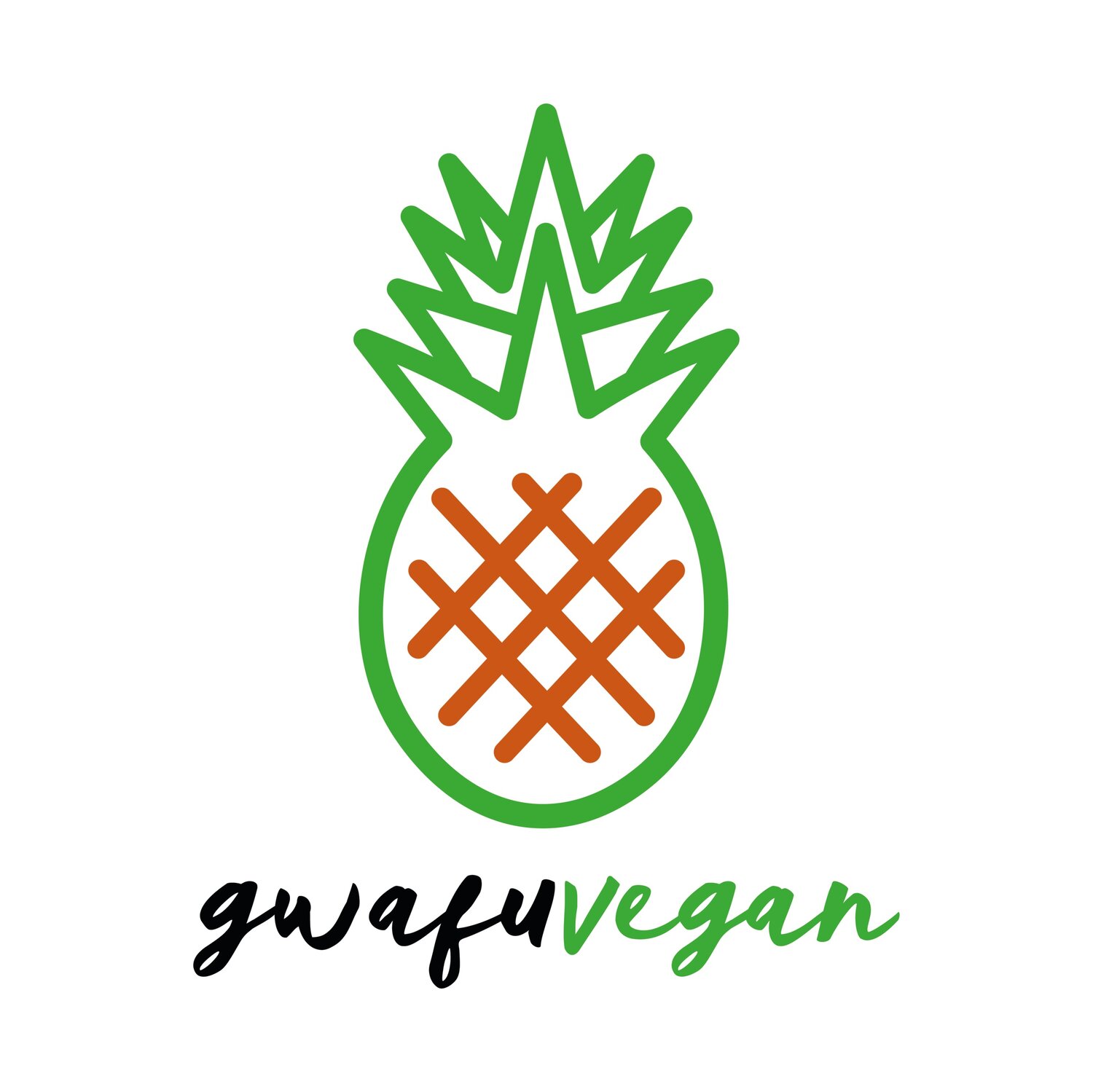Ekwang
Ekwang (pronunced Eh-kwang) is a dish I haven’t made before – until now. The reason being that whenever my mum and aunties made it (for special guests or parties), it would take them so long! As a kid, an hour of continuous cooking was hard to wrap your head around. Now my passion for cooking has grown, I understand the joys of making this dish. Feeling connected to my culture and seeing how much skill there is to make the dish, it isn’t actually tedious at all. A labour of love, as they say.
Also known as ekpang nkukwo, ekwang is a traditional Nigerian dish, native to the Efiks and Ibibios, but also widely enjoyed in Cameroon. It’s made of freshly grated cocoyam, wrapped in cocoyam leaves and slowly simmered with various types of fresh or smoked meat, fish, crayfish, palm and other spices. For this recipe, I have swapped and used various cruelty-free ingredients and spices to replicate the deep rich flavours that come from this dish.
Some tips that might help you when making this dish:
· You can find cocoyams in any local African shop – but they can be expensive. To make this dish more affordable, you can half the amount of cocoyams used and swap it out for potato. Ensure to pre-boil the potato before blending it in with the cocoyams – a tip my own mother taught me!
· There are many varieties of cocoyam – red cocoyam is best. However, you can also use white ones. If using white cocoyams, buy them a couple of days before using and let them dry out before you clean and use them.
· If you don’t want to do this all in one day you can do stages 1 to 6 in the method below and freeze them. Defrost the pre-made cocoyam fingers in the fridge the evening before, ensuring they are fully defrosted before finishing the cooking process.
Some pictures showing you how I wrapped the cocoyam fingers:
Photo taken by Ngwafu Tansie
Photo taken by Ngwafu Tansie
Photo taken by Ngwafu Tansie
Serves 2 people
Vegan | Gluten-free
Prep time: 40 mins
Cook time: 35 minutes
Total time: 65 minutes
Ingredients
Stage 1
· 320g cocoyam
· 50g water
· Pinch of salt
Stage 2
· 500g cocoyam leaves – you can also use collard greens, cabbage leaves, spring greens or any large leafy green
· 2 tbsp groundnut oil for greasing
Stage 3
· ½ red onion
· 2 garlic cloves
· 1 small carrot
· 60g groundnut oil
· 200g chopped tomatoes (1/2 a 400g tin)
· ½ vegetable stock cube
Stage 4
· 320ml boiling water
· 1 tsp turmeric powder
Method:
1. Peel the cocoyams with a sharp knife. Be careful not to remove too much of the yam during the process. Remove any bruising or discoloration.
2. Once peeled, cut into large chunks and wash immediately to prevent discoloration.
3. In a food processor, blend all of stage 1, until it turns into a puree. If you don’t have a food processor, use a grater on the finer side to grate the cocoyam. Add the salt and water, mix well and set aside.
4. Oil a large pot with 2 tbsp of groundnut oil from stage 3. Set aside.
5. Wash the leaves and tear them into medium pieces (see pictures), making sure there are no tears or holes in the leaves.
6. Scoop 1 tbsp of the cocoyam mixture onto a leaf and wrap tightly, making sure the cocoyam is not sticking out. (see pictures above for visual example)
7. Arrange wrapped cocoyam fingers in the pre-oiled pot in a circle leaving a hole in the middle, seam side down. Repeat until the cocoyam mixture has been completely used up.
8. In a blender, blend all of stage 3 together, minus the groundnut oil. Ensure there are no lumps. Once blended, pour in the groundnut oil and mix in using a spoon.
9. Pour the blended mixture into the pot so it covers most of the cocoyam fingers. Turn on the heat to medium-high, and let it simmer for 10 minutes. Do not stir the mixture at this point. It’s best to lift the pot and swirl it gently, ensuring the cocoyam fingers stay intact and the filling doesn’t spill out.
10. After 10 minutes, add the turmeric into the pre-boiled water and stir well (you can pre-boil it in a kettle and pour it into a jug). Pour the water and turmeric solution into the pot. Again, do not stir, instead lifting and swirling to distribute the water.
11. Place a lid on top and continue to cook at a simmer for 25 minutes.
Serve hot. Can be stored in the fridge for up to 5 days





